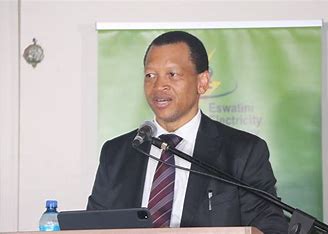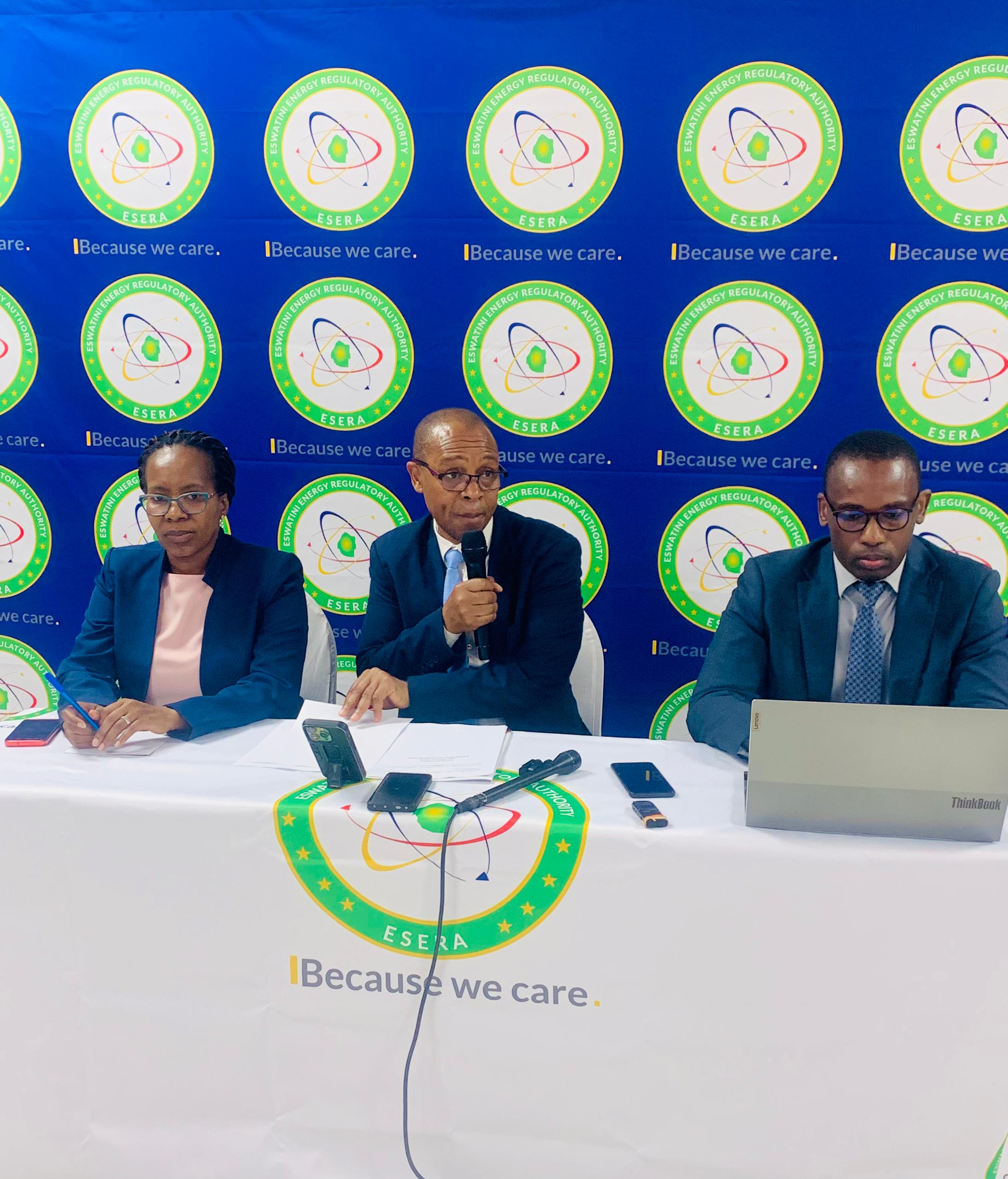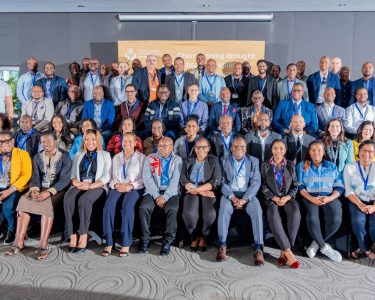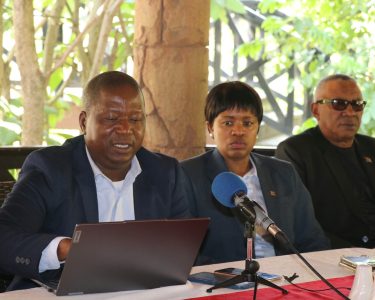
Headache for households and businesses alike, as the Eswatini Electricity Company (EEC) has submitted a request to the Eswatini Energy Regulatory Authority (ESERA) for a substantial revenue requirement of E4,219,416,214 for the financial year 2025/26.
This request, if approved, is projected to result in a staggering average tariff increase of 25.51 per cent. Furthermore, consumers are bracing for another wave of financial strain, as the EEC has set a projected revenue requirement for the subsequent financial year, 2026/27, at E4,570,140,772, translating to an even more alarming 27.06 per cent tariff increase.
These figures, notably, do not account for the 2.5 per cent electrification access fund levy and the standard 15 per cent Value Added Tax (VAT).
This announcement came from ESERA’s Chief Executive Officer (CEO), Sikhumbuzo Tsabedze, during a press briefing at the Mountain Inn International Hotel.
sabedze emphasized the importance of transparency and public engagement, stating, “The Eswatini Energy Regulatory Authority wishes to inform the public and electricity consumers that the Eswatini Electricity Company has filed an electricity tariff review application for the financial years 2025/26 and 2026/27.”
RELATED:South Africa’s Standard Bank posts 4% rise in half-year
The rationale behind these proposed increases is layered and complex. Tsabedze noted that while the EEC’s financial stability is crucial for maintaining infrastructure and service reliability, the timing of such drastic increases could not be more inopportune.
As households grapple with escalating costs of living, the proposed tariff hikes threaten to burden already further strained budgets. With utility bills often being a significant portion of monthly expenses, the prospect of a 25.51 per cent increase followed by an additional 27.06 per cent could well become the tipping point for many families.

Moreover, the potential for increased electricity costs to amplify inflationary pressures cannot be ignored. Businesses, particularly small and medium enterprises that rely heavily on electricity for their operations, may be forced to pass on their increased costs to consumers, driving prices higher across the board.
This creates a vicious cycle where the very consumers who are already struggling to make ends meet face even higher prices for goods and services as a direct result of the EEC’s tariff increases.
To foster transparency and public discourse, ESERA has initiated a public outreach campaign scheduled from November 15 to December 7, 2024, in selected locations nationwide.
RELATED:EEC seeks 25.51% electricity hike for 2025/26
This initiative aims to educate consumers about the necessity of the proposed increases and to gather feedback from the community. “Stakeholders, interested parties, and the general public are hereby invited to review and comment on EEC’s tariff application through written submissions,” Tsabedze urged, encouraging active participation in the regulatory process.
The application will be accessible on the ESERA website and social media pages, allowing consumers to familiarize themselves with the details of the request.
The implications of these proposed tariff increases extend beyond immediate financial concerns; they also hint at deeper systemic issues within the energy sector in Eswatini. The regulatory authority’s decision, expected by February 1, 2025, will be pivotal in shaping the future of electricity pricing in Eswatini.






